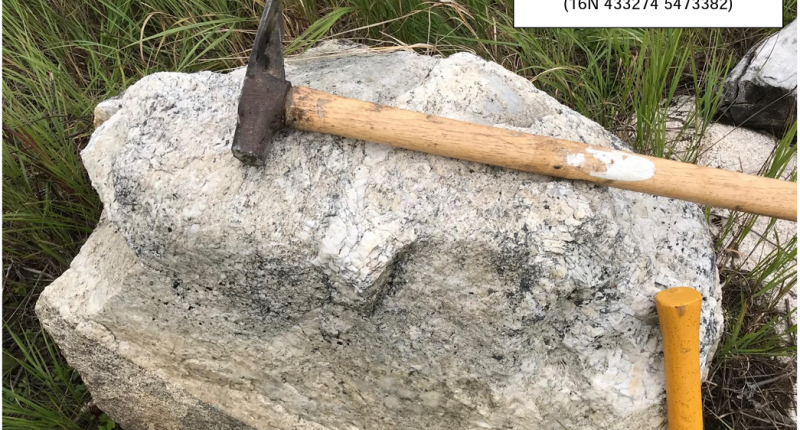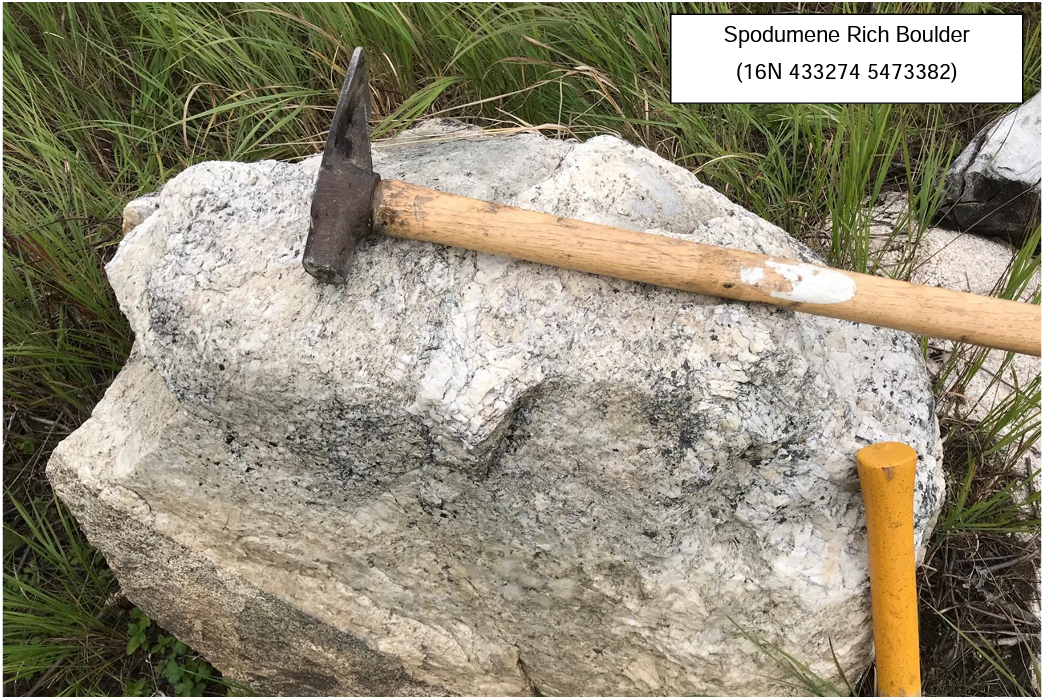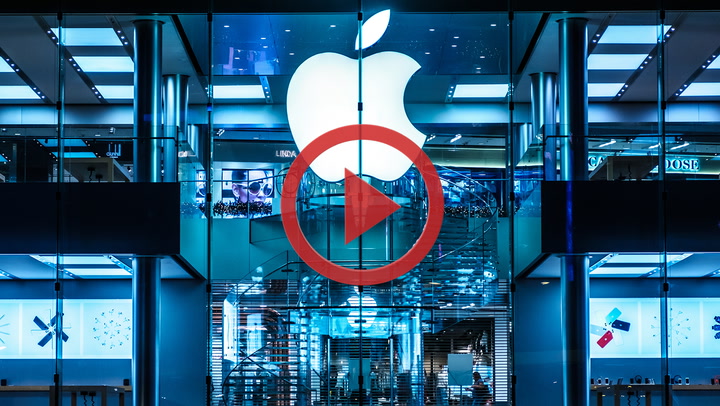The world’s annual premier mineral exploration and mining convention, the Prospectors & Developers Association of Canada (PDAC) is just around the corner and this year, the focus on gold will be met by investor attention focused on the potential of the lithium market.
The ‘green revolution’ and post-pandemic re-focus on reducing emissions and overall ESG has had a significant impact on the automotive industry with the electric car popularity growing through the roof. Due to increasing demand, there has been growing interest in international lithium projects in recent years that has seen the largest-known reserves significantly increase, as exploration activities accelerate.
According to the U.S. Geological Survey (USGS), excluding U.S. production, worldwide lithium production in 2022 increased by 21 per-cent to approximately 130,000 tons from 107,000 tons in 2021, in response to strong demand from the lithium-ion battery market and increased prices of lithium. The global consumption of lithium is increasing and in 2022 was estimated to be 134,000 tons, a 41 per-cent increase from 95,000 tons in 2021.
Prices for lithium carbonate, a refined form of the material used in EV batteries, recently hit a record high from its lows this past autumn season. Its price currently sits at C$93,413.25 per tonne. China leads world production of batteries used in electric vehicles and consumer electronics.
A soft, silver-white metal, lithium is found within the alkali metal group on the periodic table and occurs in nature in compounds due to its high reactivity. Lithium compounds are produced in many forms including lithium carbonate (Li2CO3), lithium oxide (Li2O), and lithium hydroxide (LiOH).
It is a key element in renewable energy development, mainly for its role in rechargeable Lithium-ion batteries. The actual and anticipated use in Li-ion batteries as the chemical energy accumulator that will power electronic devices, electric vehicles, and larger-scale battery storage. Lithium is projected to be the main battery metal utilized as we move forward as an electric society.
Lithium is mainly sourced from hard rock mines such as in Australia, or brine reservoirs under dried lake beds, found in Chile and Argentina but it is found in many other regions who are getting more attention now with the recent boom.
The U.S. has been the forefront of lithium usage over the last few years, but the E.U. could have been potentially overlooked as the ramp up to become an electrified continent in the coming years. There are not many companies listed on Canadian exchanges that can offer investors with the opportunity of investing in the E.U.’s zero emissions goals.
In the coming years, manufacturing trends are expected to accelerate, and analysts expect global demand could more than double by next year. Which business are out there creating long-term capital growth, getting boots on the ground spinning drills?
Here are a few interesting companies from around the globe that are doing just that.
Canada – There are several operators working to develop projects from traditional hard rock mining as well as some unconventional sources such as oilfield brines and industrial wastewaters.
Projects are mostly situated in Ontario, Québec, Alberta, Manitoba, and Saskatchewan and range from early exploration to advanced stage.
In early 2018, the North American Lithium mine in Québec reached commercial production and shipped spodumene concentrate to refineries in China for processing into lithium carbonate. It is owned by Sayona Québec, a subsidiary of Sayona Mining Ltd. (ASX:SYA), and Piedmont Lithium Inc. (ASX:PLL).
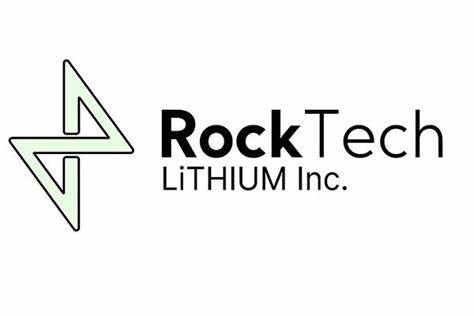
Rock Tech Lithium Inc. (TSXV:RCK) is a cleantech company assembling a closed-loop system to produce lithium hydroxide for electric vehicle batteries.
U.S.A.- Home to the world’s fourth-largest lithium reserves (measured at 6.8 million tonnes according to the USGS), commercial-scale production in the U.S. was from one continental brine operation in Nevada, as well as the brine-sourced waste tailings of a Utah-based magnesium producer. Most of the country’s lithium consumption is supplied by imports from Argentina and Chile.

Lithium Americas Corp. (TSX:LAC) is advancing lithium projects in Argentina and the United States to production. The company has two brine resources located in northwestern Argentina and a clay resource in Nevada, U.S. While the company has no current lithium production, the first Argentina resource, Cauchari-Olaroz, will enter production in early 2023.
Australia – Though it only ranks fifth on the list of largest overall reserves at 6.3 million tonnes, Australia has been the world’s biggest lithium producer in recent years, with five mines accounting for nearly half of total forecasted lithium production in 2020.
Mine output from the country clocks in at 42,000 tonnes in the year – compared to Chile, which produced 18,000 tonnes. Australia’s mine reserves of lithium are second-only to Chile, totalling 2.8 million tonnes. Lithium exports from Australia in 2019 totalled nearly US$1.6 billion, with most headed to China.

Allkem Ltd. (ASX:AKE) (formerly Orocobre Ltd.) is an industrial chemical and mineral exploration company. It explores and develops lithium, potash, and salar mineral deposits. Most of the company’s revenue comes from the Olaroz Lithium Facility, which achieved record production of 4,253 tonnes of lithium carbonate in 2022. This is up 17 per cent from the previous year.
Olaroz Stage 2 reached 96 per cent completion, pre-commissioning and commissioning activities are underway, with full commissioning activities expected to commence later in Q1 2023 and first production is planned for Q2.
Chile – Part of the “lithium triangle”. Chile accounts for nine million tonnes of lithium reserves and has developed a prolific mining industry, boasting the world’s largest mine reserves, totalling 8.6 million tonnes. Chile is also the world’s second-highest lithium producer, with a national output reaching 18,000 tonnes. The recipe for its success is favourable conditions for evaporation compared to Bolivia and Argentina’s more humid regions, as well as fewer brine impurities and better South Pacific Ocean export access.
A key resource for the country is the Salar de Atacama salt flats, where many of the world’s top lithium-mining companies have set up operations, including Albemarle Corp. (NYSE: ALB) and Sociedad Química y Minera de Chile S.A. (NYSE:SQM).
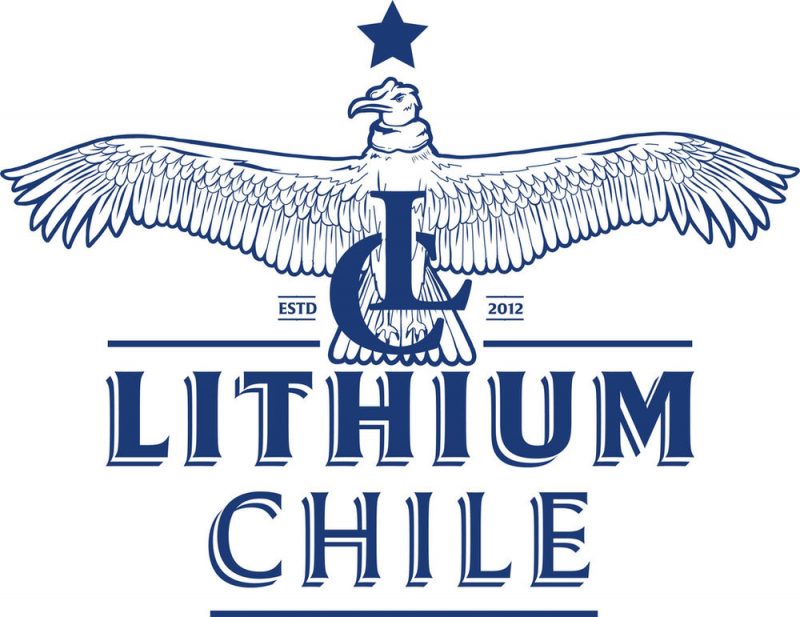
Meanwhile, Lithium Chile Inc. (TSXV:LITH) is growing a lithium property portfolio of 844 sq. km. covering 11 salars and two laguna complexes in Chile and 233 sq. km. in Argentina. The company also owns five gold, silver and copper properties covering 213 sq. km.
Ireland – Hidden deep within the Blackstairs mountain region, Ireland has been unearthing a lithium mineral deposit that was discovered back in the 1970’s. Around this time to the country’s southeast region, a discovery was made of what appeared to be spodumene, one of the world’s main sources of lithium. Mapping defined numerous spodumene pegmatite occurrences in and around the margin of the Leinster Granite, the largest Caledonian batholith in the British Isles with an exposed area of 1,500 sq. km. As for other companies operating in the region, a joint venture between Gangfeng and International Lithium Corp. is operating its Avalonia asset which encompasses a 50km-long pegmatite belt adjacent to the company’s NW Leinster project.

Global Battery Metals Ltd. (TSXV:GBML) is a mineral exploration company with a focus on metals that make up and support the rapid evolution of battery power.

Investment corner:
After jumping 442.8 per cent in 2021, lithium prices were up another 72.5 per cent by the end of 2022, as EV sales continue to climb around the world.
Keeping pace with the push toward renewable energy and electric transportation, the demand for lithium has driven up its value. Increased demand means that all deposits are becoming economically worthwhile to extract. This is one natural resource that looks to remain in demand for years to come. Mining investors who have “wish listed” lithium opportunities for their portfolios would be wise to deepen their due diligence sooner than later, and what better place to start than making connections at the PDAC convention next month?
To find out more, visit PDAC.ca and you can read the Preliminary Program here. PDAC runs from March 5 to 8 2023 at the Metro Toronto Convention Centre and The Market Herald will be there live from the floor to bring investors updates on the shows highlights daily.
